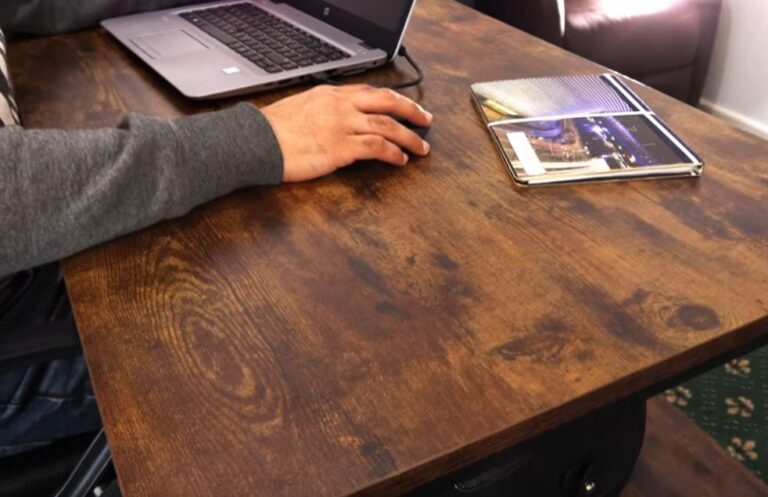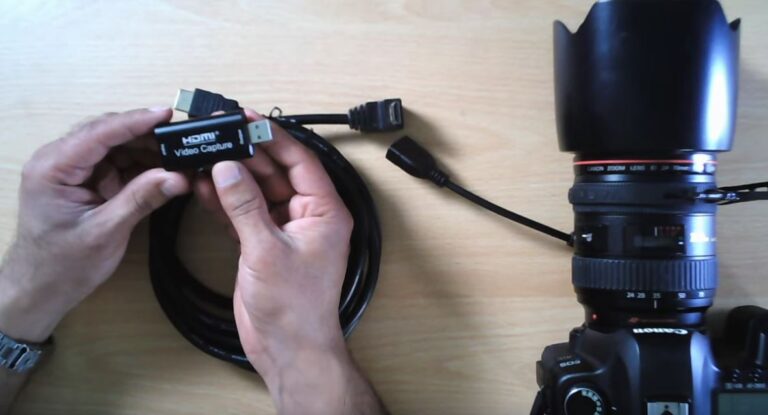How to Stop Weeds in Patios and Paving: Tools, Tips & Resources

Weeds in paving patios between patio slabs can sneak up like uninvited guests. You clean up once, and they come right back. Sound familiar? You’re not alone. Whether you’re prepping your outdoor space for guests or managing a rental property, those annoying green invaders can leave your paving looking untidy and unloved. But what if stopping weeds didn’t have to feel like a losing battle? This guide walks you through the tools, tricks, and real-life help to keep your patios clean — and your stress down.

In this article
- The Day the Weeds Took Over -weeds in paving patios
- Why Do Weeds Keep Coming Back?
- Different Types of Sand Summary Table
- Videos to backup my claims in this article
- Conclusion

The Day the Weeds Took Over –weeds in paving patios
I remember helping a friend prep his back garden before a family barbecue. He’d been focused on launching his landscaping side hustle, so time was tight. He figured the patio just needed a sweep — easy job, right? But when we got there, weeds had taken over. They were poking through every joint, making the place look messy. The worst part? He’d spent hours the week before clearing it out. It made me realise how frustrating this can be — especially when you’re trying to present a professional space, or just want your home looking right.
That moment stuck with me because it showed how small things like weeds can affect your space, your image, and even your business. Have you thought about how your outdoor areas reflect on your brand or home?
You don’t need fancy equipment or endless hours. Just a few good habits, the right tools, and a bit of know-how.

Why Do Weeds Keep Coming Back?
Weeds are stubborn because their seeds are basically everywhere — blown in by wind, dropped by birds, or carried in on shoes and tools. Once they find a crack in your paving, they get comfy. Add a little sunlight and rain, and boom — they’re back.
I think the reason they’re so annoying is because even when you pull them out, if the roots are left behind, they just regrow. This is especially true for patios with loose joints or broken sealants.
You can reduce their return by cleaning your patio often, but it’s not always enough. It’s like wiping crumbs off a counter but not sealing the jar they’re coming from. Understanding the why helps you build a plan that works long-term.

Different Types of Sand Summary Table
| Sand Type | Use | Grain Type | Purpose |
|---|---|---|---|
| Sharp Sand | Bedding | Coarse/Angular | Supports and levels the pavers |
| Kiln-Dried Sand | Jointing | Fine/Dry | Locks pavers, prevents movement |
| Washed Concrete Sand | Bedding (alt) | Medium | Smoother bedding, less common |
| Polymeric Sand | Jointing (alt) | Fine + Polymer | Long-lasting joints, weed/insect resistant |
When it comes to block paving, sand plays a critical role both in the bedding layer (the layer that supports the pavers) and for jointing (filling the gaps between the blocks). Here’s an overview of the main types of sand used in block paving, categorized by function:

1. Bedding Sand (Screeding Sand or Sharp Sand)
This sand is used to lay the pavers on top of.
Sharp Sand (Grit Sand)
- Description: Coarse, angular grains.
- Function: Provides a stable, free-draining bedding layer.
- Key Properties:
- Good drainage
- Compacts well
- Prevents movement of pavers
✅ Most commonly used bedding sand for block paving.
2. Jointing Sand
This is brushed into the gaps between the laid blocks to lock them together and prevent movement.
Kiln-Dried Sand
- Description: Very fine, dry sand (usually silica-based).
- Function: Fills the joints between paving blocks.
- Key Properties:
- Flows easily into joints
- Helps interlock pavers
- Prevents weed growth and insect infestation (to some extent)
✅ Essential for traditional block paving to lock blocks in place.
3. Other/Alternative Sands (Less Common)
Washed Concrete Sand
- Used in some regions for bedding.
- Slightly coarser than sharp sand but not as angular.
- Can be used where a finer bedding is needed.
Polymeric Sand
- Description: A blend of sand and polymers.
- Function: Used in jointing; hardens when wet.
- Key Benefits:
- Prevents weed growth and insect infestation more effectively
- Reduces washout from rain
- Note: More expensive, typically used in high-end or decorative applications.
Tools and Tricks That Actually Work
Let’s talk about what you can actually do to keep weeds out. You don’t need to spend loads of money, but a few helpful tools can save your time (and your knees).

Try a Manual Weed Remover
If you’re old-school or just like a bit of quiet gardening time, a weed knife or patio weeder works well. You can scrape out weeds from the cracks and pull them at the root. It takes a bit more effort, but I think it’s worth it if you enjoy the process. Weeds in paving patios is a nightmare just keep that in mind
Pressure Washing with Caution
A pressure washer can blast away weeds and dirt, but be careful — it can also blast out the jointing sand that keeps your paving stable. If you go this route, make sure to replace the sand after.

Top Up with Kiln-Dried Sand
After you clean out the joints, brush in kiln-dried sand. This fine, dry sand locks the blocks together and makes it harder for weeds to get a foothold. You can get it at most DIY shops, and it’s cheap and easy to apply.

Stay on Top of Maintenance
Keeping patios clean and weed-free is a small detail that makes a big difference. A tidy patio says you care about the full picture.
You can build patio weed control into your daily routine. You don’t need to take to long — just enough to cover materials and time.
I think adding weed control as a monthly check-in service could keep you on clients’ minds without needing a hard sell every time.
You can also keep before-and-after photos of your own patio to show off results — nothing beats visual proof. It’s also a good way to show you walk the talk.
Videos to backup my claims in this article
Conclusion
Stopping weeds in paving patios doesn’t have to be a losing battle. With the right tools, a bit of planning, and regular upkeep, you can keep your outdoor spaces looking sharp. Whether it’s your home, a rental, or part of your growing business — clean paving makes a big impression. Keep it simple, stay consistent, and weeds won’t stand a chance. I did a full series on home improvements you can check that out here







